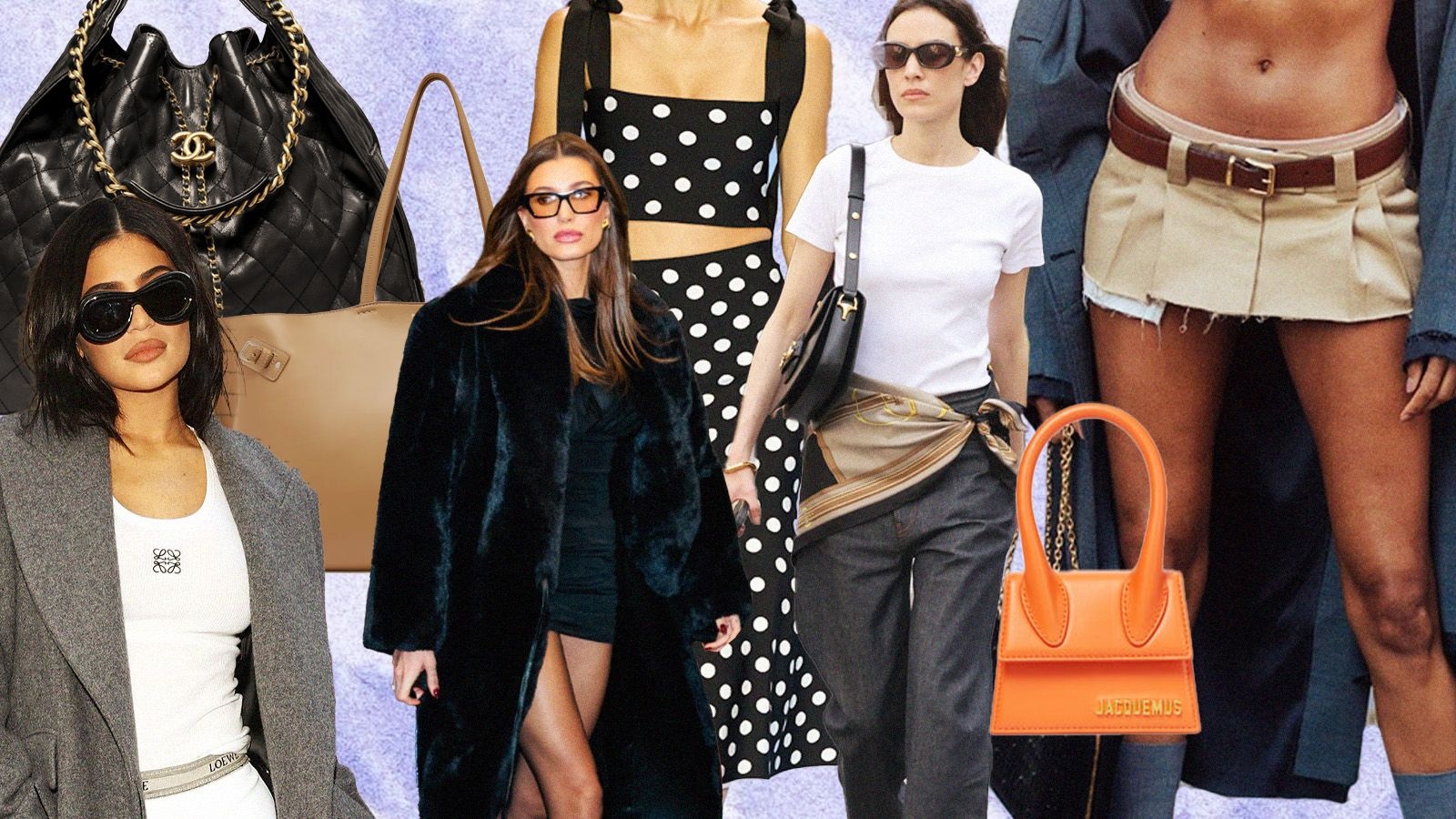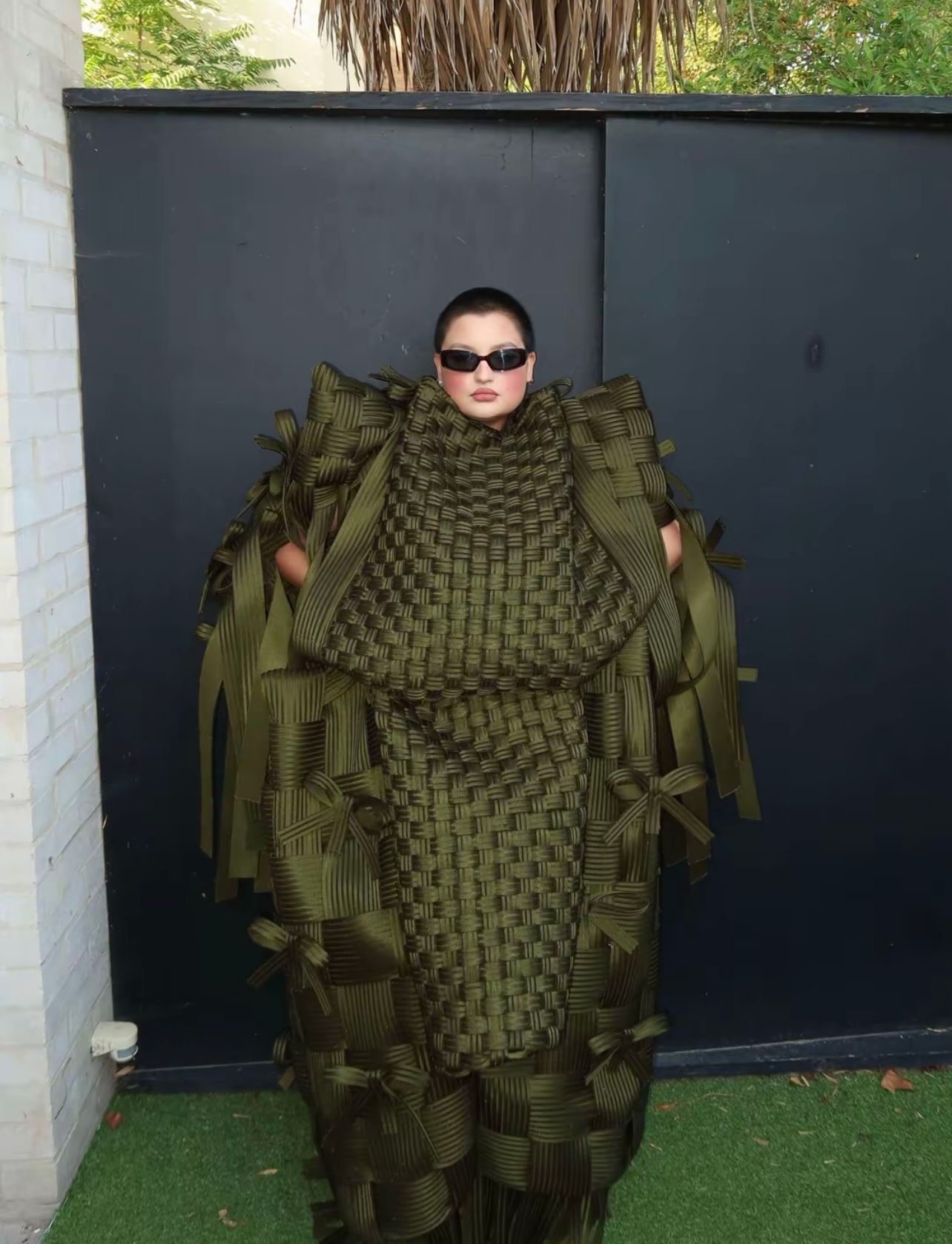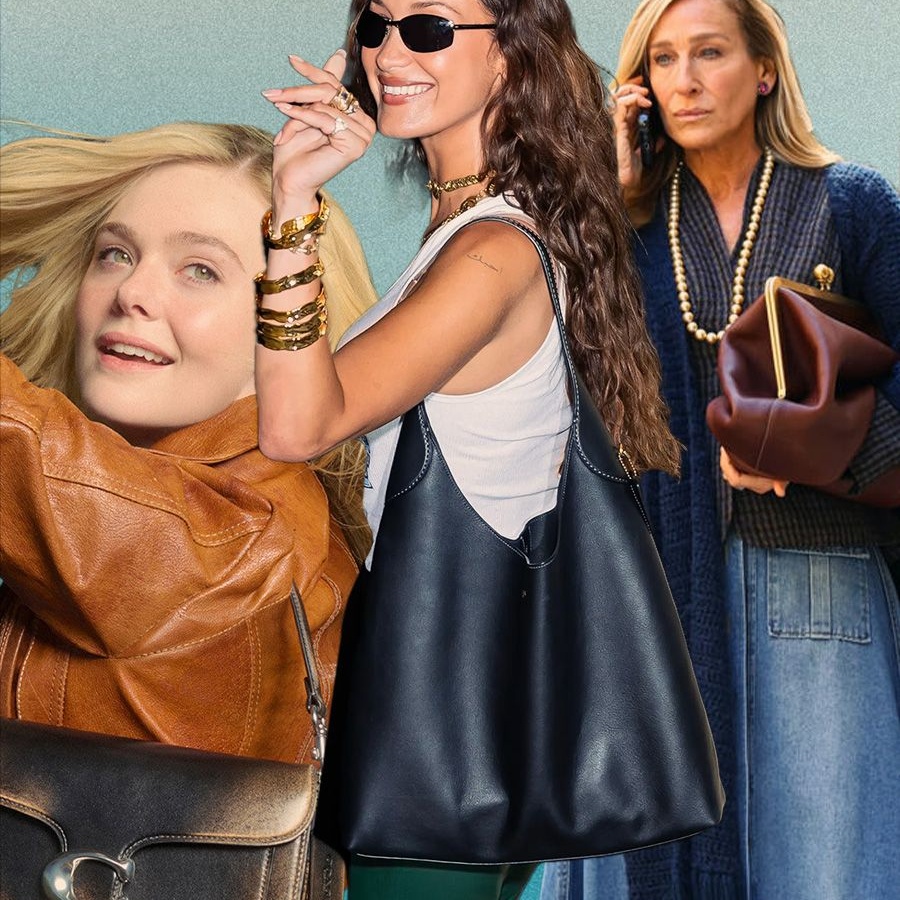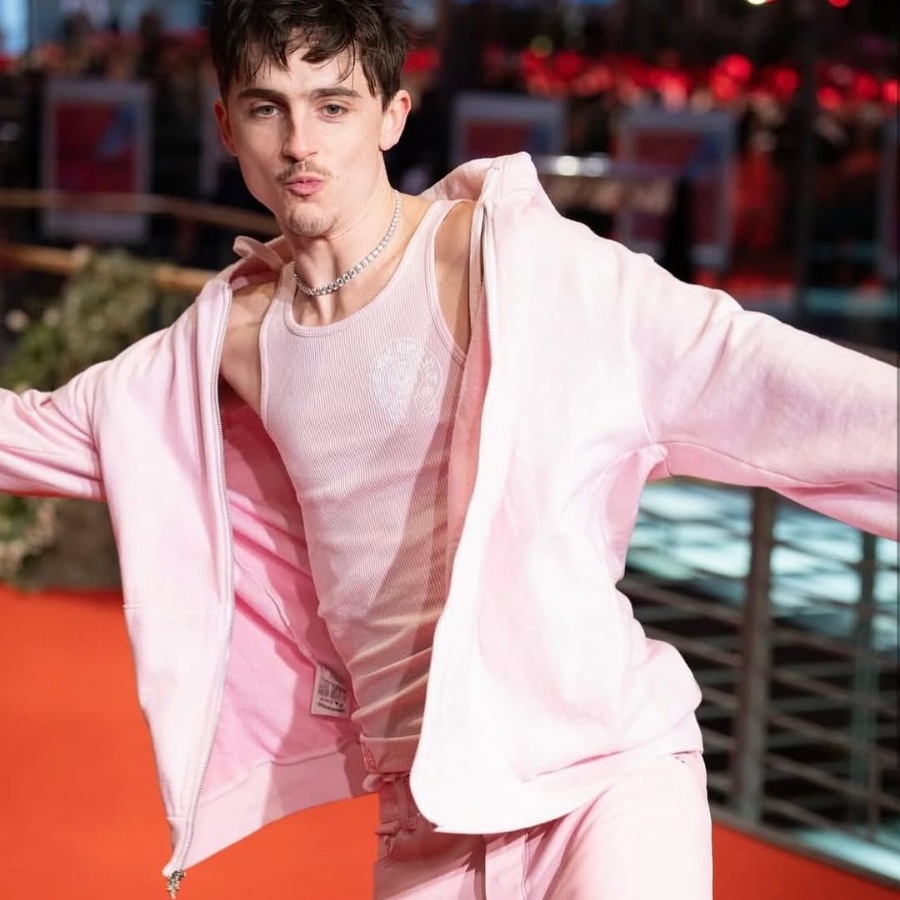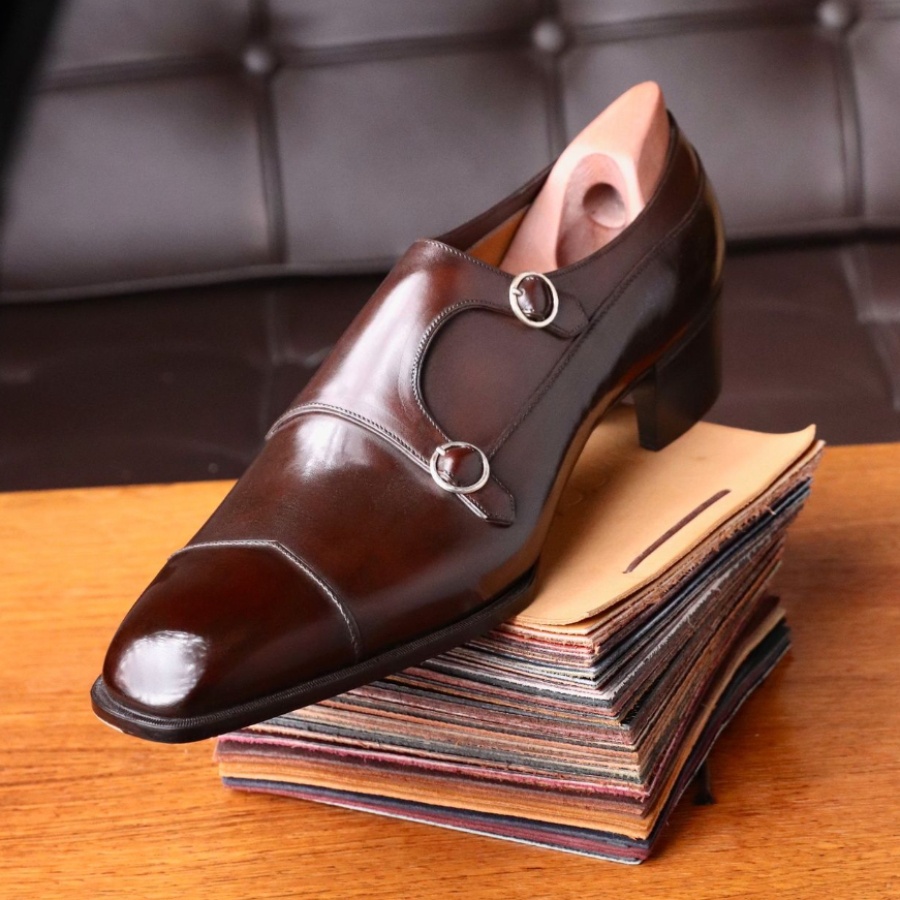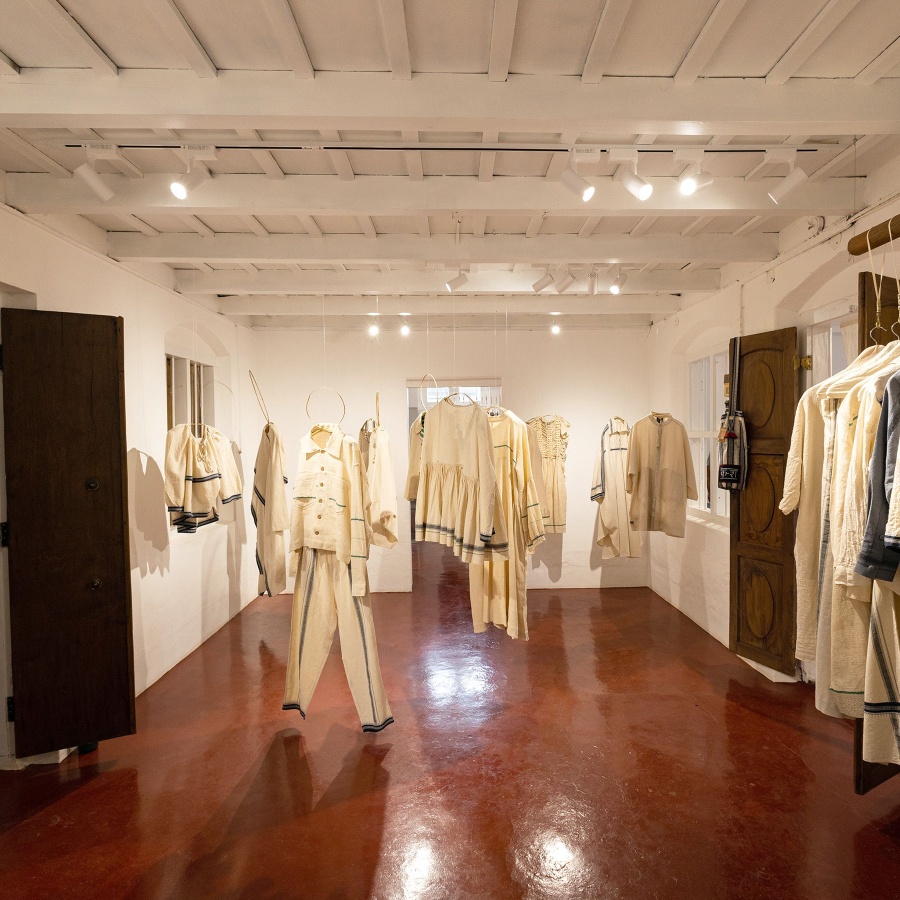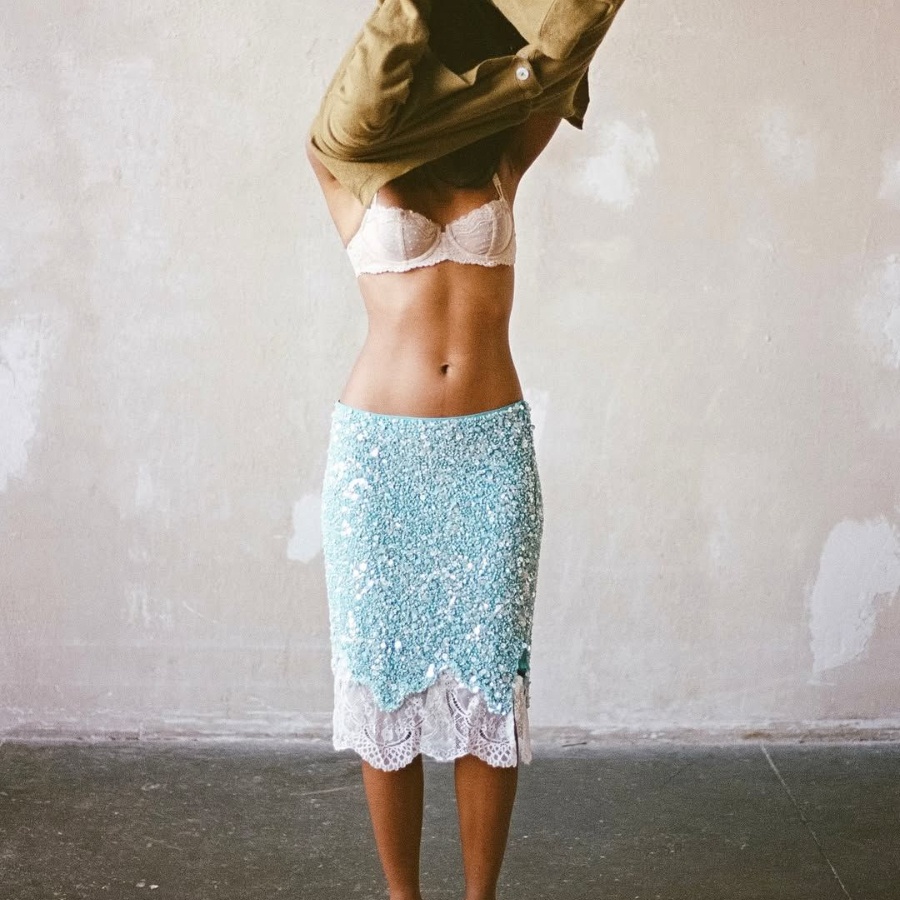‘Are You Overwhelmed by Trends?’ went a recent headline in The New York Times. ‘Gen Z is Tired of Chasing the Fashion Cycle’ announced another. Both, in different ways, outlined the exhaustion with the constant bombardment of product, styles, and moods that seem to inundate our feed these days.
“I’m over fashion being dictated by the algorithm,” says Tania Shroff, whose distinct sartorial point of view has garnered quite a following. “I don’t think there is anything exciting about every street-style photo looking like it came from the same place or Pinterest board.”
Shroff isn’t the first person to be dismayed with the current state of fashion. In this era of instant dissemination, how does one feel excited about even the most beautiful objects when you’re seeing them over and over again on social media? By the time said thing reaches stores, you’re already saturated. Case in point: anything that fits under ‘cottagecore’ or ‘mob wife’, buzzy pieces like the Miu Miu miniskirt, or—dare I say it?—corsets.
“I absolutely don’t follow trends and I’m fairly oblivious to them,” says entrepreneur Roohi Jaikishan, a loyal luxury buyer whose eclectic personal style runs the gamut from Gucci and Raw Mango to Erdem and Bibhu Mohapatra. “What I’m over is having my social media feed swallowed by an endless hype cycle where the brand is soon forgotten. The most exciting labels aren’t content machines but those that resist the immediacy and validation cycle. The ones that prioritise intention and quality that warrants these price points.” A perfect example underscoring this point is The Row, whose no-phone policy at its shows and refusal to engage with influencers has made it the arbiter of quiet, cool luxury.
Popular social media handle Diet Sabya has many thoughts on this never-ending gurgle of trends that are then adopted in quick succession with no real thought except virality and a strong case of FOMO. “The minute the mass-produced ‘influenzas’ show up in it, any item or trend is officially six feet under for me,” they say. What is currently on their hit list? “It’s endless? Micro-bags, micro-blouses, ‘ghastola’ machine-sequin nightmares, fast-fashion knockoffs, and tote bags with straps thinner than my patience.”
For Pernia Qureshi, podcast host and fashion entrepreneur, it’s the same impression of trends being given more importance than aesthetics and personal storytelling. “This summer, I saw the scarves-over-pants trend everywhere. I’m quite over that. I think what killed it in the first place is that it’s not flattering, and then everyone seemed to think they could pull it off. It was picked up by every content creator, even if it didn’t add anything to their aesthetic or personality. It was a perfect example of a style wearing you rather than you wearing the style.”
“The moment polka dots were everywhere this summer, what felt playful started to feel like a uniform, especially when it felt like everyone was rushing to post wearing them,” adds Shroff.
For me, this relentless churn has left me with an extreme case of fashion fatigue. This past summer, I found myself walking into stores and promptly walking out empty-handed. Nothing seemed exciting. Even pieces that I had previously coveted, having seen them worn IRL and online, were now seeming staid. I found myself questioning whether I really needed the influencer-favourite Chanel 25 bag, a style I was really crushing on (spotted on so many at The Wedding Collective that I’m glad I bought a more classic version instead) or the Loewe tank and jeans that have become almost a uniform. In the Tokyo Loro Piana store, the salesgirl told me, confidentially, that they had restricted selling the Summer Walk loafer, the shoe of choice for so many women I know. The subtext: they were becoming too ubiquitous.
So, in a space where everyone is wearing the same pieces and jumping on the same trend bandwagon, how do you stand out? And how do you shop for pieces that will last you through the seasons? I find myself reaching further and further into the recesses of my closet (and my mother’s!) for pieces that I haven’t worn in a couple of years and mixing them with newer items.
“I really love when people portray concepts in a unique way,” says Shroff. “It’s more about the way you convey a trend rather than the trend itself.”
“Thrift and shop vintage,” Diet Sabya offers. “That’s the real flex. I’m on the hunt for Phoebe Philo-era Celine totes.”
After all, if you think about it, the most noteworthy looks worn by celebrities recently have been picked from the archives. Case in point: Alia Bhatt in Tom Ford-era Gucci at The Ba***ds of Bollywood premiere, Kylie Jenner in that chainmail Atelier Versace dress at the Golden Globes, Natasha Poonawalla in vintage Dior newsprint at Paris Fashion Week… The list is endless.
It wasn’t only vintage on the red carpet; it’s also trickled down to the accessories. 2025 will also be the year when Y2K bags returned to the spotlight, so much so that the popular shopping website Vestaire Collective launched a campaign in September called Vintage Pieces at Vintage Prices, where, as the name suggests, customers could buy iconic It bags, like the Fendi Baguette and the Dior Saddle, at their original prices.
This move towards vintage is a way of creating a standout look or moment that is the opposite of the viral trends that burst onto the scene and fizzle out in a flash.
Basically, what’s old is cool again.
That is, until everyone else online catches up.
